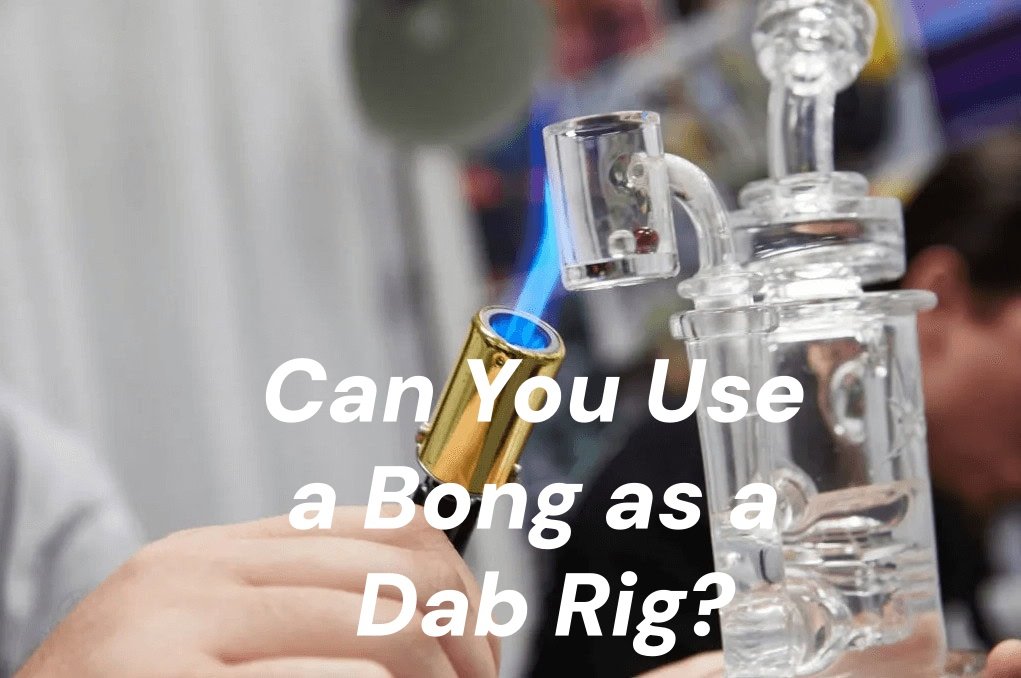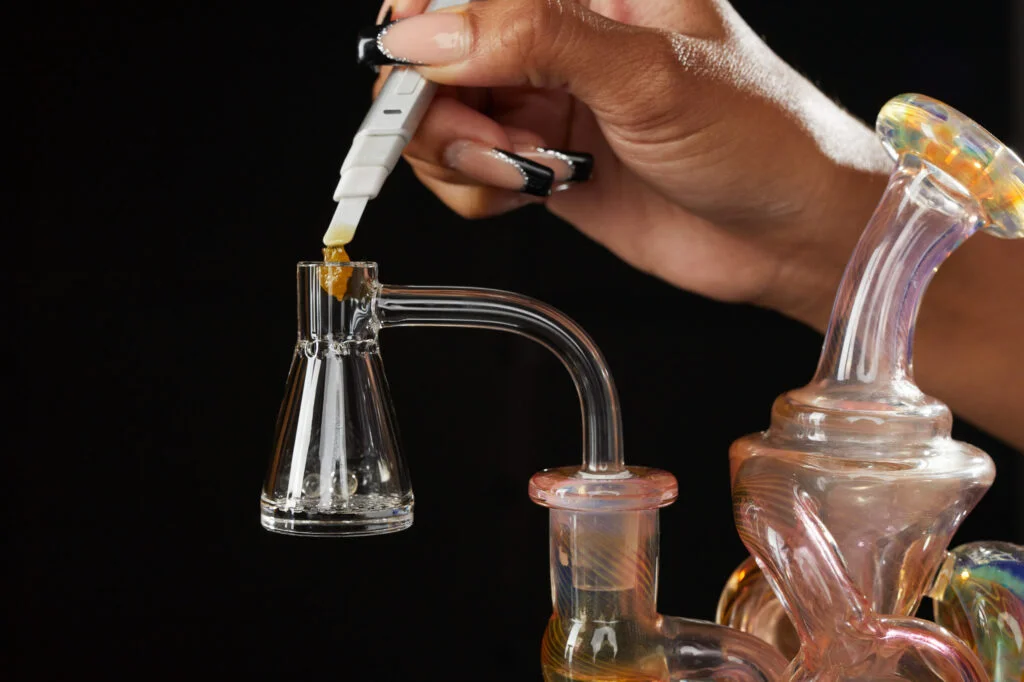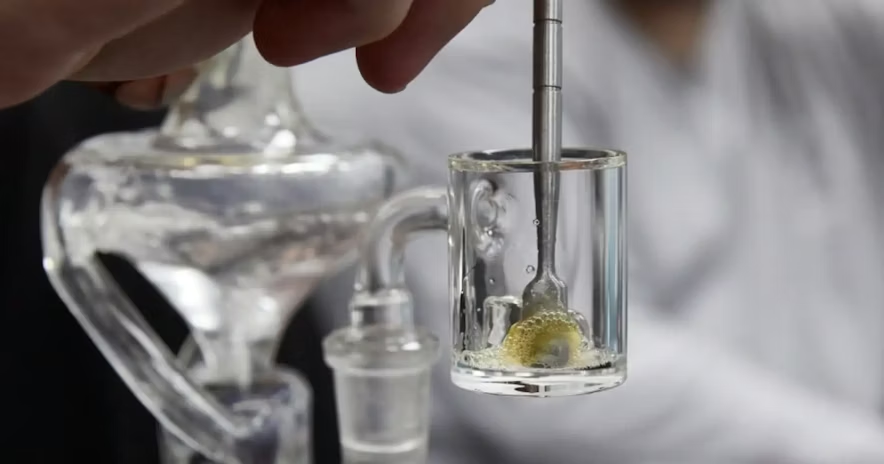Problem: A murky bong not only spoils flavor—it breeds microbes and smells like a science experiment gone wrong.
Agitation: Nobody wants to spend half an hour scrubbing glass or inhaling strong solvents.
Solution: A quick, food-safe routine lets you reset your piece in five minutes with pantry staples.

Need a lightning-fast way to clean a bong without harsh chemicals?
Just rinse with hot water ≈ 160 °F, fill with a 1 : 1 mix of white vinegar and warm water, add two tablespoons of coarse salt, shake for 30 seconds, rinse again, and air-dry. The hot water loosens resin, vinegar dissolves mineral build-up, and salt acts as a gentle abrasive—leaving crystal-clear glass in under five minutes CDC water guidance.
Let’s dive in.
What is resin build-up?
Lead-in: Think of the sticky brown film clinging to your down-stem.
Resin build-up is a tar-like mix of combusted plant oils, ash and moisture that coats bong walls after every session. Warm, wet surfaces become a playground for bacteria such as Pseudomonas aeruginosa—implicated in rare “bong lung” infections NIH case study.
What is biofilm?
Lead-in: Beyond the visible gunk lurks an invisible colony.
Biofilm is a slimy layer of microorganisms that anchors on damp surfaces. In water pipes it can form within 48 hours, decreasing airflow and posing health risks. Soaking in mild acid (e.g., vinegar) for five minutes removes ≥ 90 % of fresh biofilm Harvard biofilm study.
Why does a clean bong matter?
Lead-in: Fresh flavor is only part of the story.
A sanitized piece prevents mold spores, cuts throat irritation, and preserves terpene aroma. Hot water above 140 °F keeps surfaces out of the bacterial “danger zone” where colonies double every 20 minutes USDA temperature guide.
Why skip strong solvents?
Lead-in: Many tutorials push isopropyl alcohol.
ISO works, but its flash point is 53 °F and vapor levels become explosive at 12.7 % vol OSHA data. Vinegar and salt avoid fire risk, are food-contact safe, and won’t strip colored decals on premium borosilicate.
How to choose a cleaning solution
Lead-in: Shelf check—no fancy kit required.
Pick distilled white vinegar (5 % acetic acid) for resin breakup, coarse kosher salt for abrasion, and hot—but not boiling—water. Avoid mixing bleach with vinegar; toxic chlorine gas can form EPA bleach & vinegar guidelines.
Mistakes beginners should avoid
Lead-in: A 5-minute wash can go wrong.
Don’t use boiling water (thermal shock cracks glass). Don’t shake without plugging openings (spills). And never store used water overnight—stagnant water breeds microbes tied to lung irritation NCBI contaminants review.

Dive deeper
1. Quick-Clean Checklist
- Pre-flush (30 sec): Run 160 °F tap water through the joint and down-stem. Heat loosens waxy resins for easier lift.
- Vinegar-salt swirl (1 min): Pour ½ cup vinegar + warm water to cover resin line. Add salt, plug holes with your thumbs, and swirl vigorously. The salt scrubs without scratching.
- Soak (2 min): Let the acidic bath sit. Acetic acid penetrates mineral stains from hard water.
- Final rinse (1 min): Rinse twice with hot water; spin the piece upside-down to clear hidden pockets.
- Air dry (30 sec hands-off): Place on a microfiber towel to avoid lint.
2. Why vinegar works
Acetic acid chelates calcium and magnesium ions that cause “hard-water haze.” It also lowers surface pH, making it unfriendly for many common kitchen pathogens CSU sanitizing guide. While vinegar is not an EPA-registered disinfectant, studies show a 90 % reduction in household bacteria after a five-minute soak—adequate for day-to-day use when paired with hot water.
3. Alternatives for stubborn resin
- Lemon juice: Similar pH to vinegar; pleasant citrus scent.
- Baking soda slurry: Mild alkaline paste lifts tar; combine with vinegar for a fizzing lift (rinse thoroughly).
- Commercial “green” cleaners: Look for EPA Safer Choice logos; they use citric acid or plant surfactants instead of butyl solvents.
4. Material safety notes
Colored decals and UV-reactive coatings on premium CloverGlass pieces tolerate vinegar but can fade with prolonged ISO exposure. Glycerin-coil models should be cleaned unplugged to prevent coil leaks.
5. Schedule & storage
- Daily: Empty water right after use; a simple hot-water rinse keeps microbes at bay.
- Weekly: Perform this five-minute vinegar routine.
- Monthly: Deep-clean with a mild dish soap and a pipe brush for “hidden” percs.
Conclusion
A sparkling bong doesn’t require lab chemicals or half a morning. Five minutes, warm water, pantry vinegar, and salt are all you need to reset flavor, protect your lungs, and keep that CloverGlass shine showroom-ready. Give it a whirl—your taste buds will thank you.






